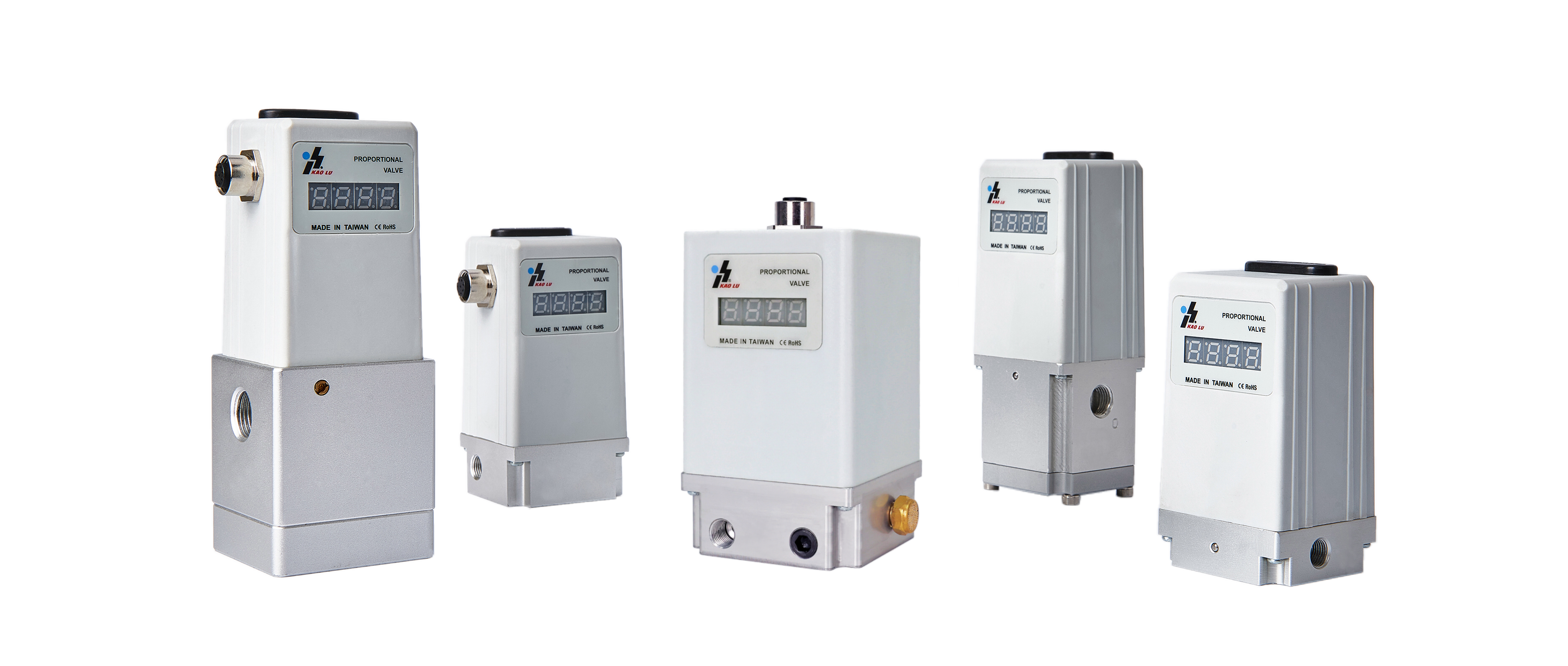SHARE
MORE DETAIL
In fluid control systems, both proportional valve and directional valve play crucial roles in regulating flow and pressure. However, their functions and applications differ significantly. Understanding the differences between these two types of valves is essential for selecting the right component for industrial applications.
What Is a Proportional Valve?
A proportional valve is designed to control flow or pressure in a continuous and adjustable manner. Unlike traditional on/off solenoid valves, proportional valves allow for fine-tuned adjustments based on an electrical input signal, making them ideal for applications requiring precise control.
Key Features of Proportional Valves:
-
Provides variable control instead of just open/closed positions.
-
Operates using an electrical signal that modulates valve opening.
-
Ensures smooth and accurate pressure or flow regulation.
-
Commonly used in laser cutting, blow molding, medical, and semiconductor industries.
Common Applications of Proportional Valves:
-
Laser Cutting Machines: Regulates gas pressure for precise cutting performance.
-
Blow Molding Machines: Maintains stable air pressure for uniform plastic molding.
-
Medical Equipment: Ensures controlled airflow for respiratory and diagnostic devices.

What Is a Directional Valve?
A directional valve, also known as a directional control valve, is used to control the direction of fluid flow within a hydraulic or pneumatic system. These valves typically have multiple ports and shift fluid flow between different pathways based on their actuation.
Key Features of Directional Valves:
-
Controls the direction of fluid flow rather than its pressure or flow rate.
-
Operates in discrete positions (e.g., open, closed, forward, reverse).
-
Can be manually, electrically, or hydraulically actuated.
-
Commonly used in hydraulic machinery, pneumatic automation, and industrial equipment.
Common Applications of Directional Valves:
-
Hydraulic Presses: Directs hydraulic fluid to extend or retract cylinders.
-
Pneumatic Systems: Controls airflow for automation in manufacturing.
-
Industrial Machinery: Regulates movement of actuators in automated systems.
Key Differences Between Proportional Valves and Directional Valves
| Feature | KaoLu's Proportional Valve | Directional Valve |
|---|---|---|
| Function | Adjusts flow or pressure continuously | Controls fluid flow direction |
| Control Type | Variable (proportional to input signal) | Discrete (open/closed or multi-position) |
| Precision | High precision in pressure/flow modulation | Simple on/off or directional control |
| Applications | Laser cutting, blow molding, medical devices | Hydraulic systems, industrial automation |
Which Valve Should You Choose?
-
If your application requires precise flow or pressure regulation, a proportional valve is the best choice.
-
If your system needs to direct fluid movement between different ports, a directional valve is the right solution.
While proportional valves and directional valves both play important roles in fluid control, they serve different purposes.
KaoLu's Proportional valves provide smooth and adjustable pressure or flow control, whereas directional valves manage fluid movement within a system.
For industries such as laser cutting, blow molding, medical, and semiconductor manufacturing, choosing the right valve ensures optimal performance and efficiency.
Looking for high-quality Proportional Valve? Explore KaoLu’s advanced solutions designed for precision fluid control.